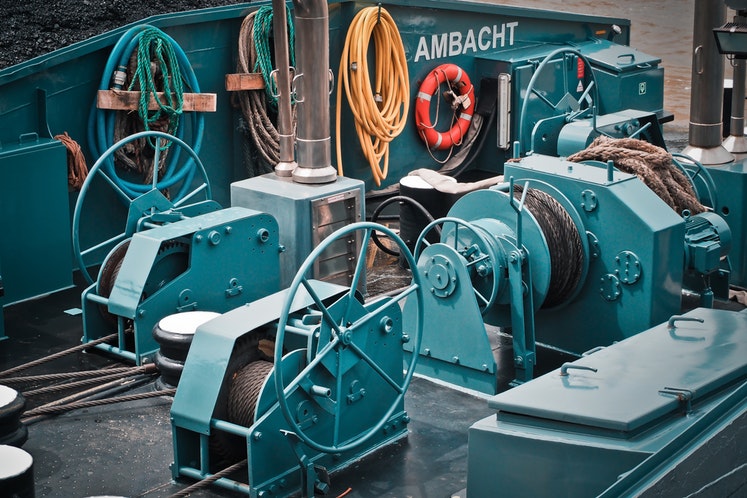Purchasing a new piece of equipment for your business can be a difficult process filled with lots of different steps and friction. However, this isn’t the time to sit back and let someone else take charge. A correct purchase will push your business forward, while an incorrect one could hold you back for years to come.
4 Equipment Buying Tips to Consider
Good execution is the difference between having a good idea and experiencing positive results. In business terms, the right piece of equipment — as well as the correct processes — typically plays a major role in good execution. The only problem is that most businesses don’t think about the significance equipment plays until it’s too late to make a change.
If you’re currently considering buying a new piece of equipment — whether as an upgrade or replacement — it’s imperative that you understand the significance of your decision. A thorough buying process in which you meticulously vet every aspect and detail will reward you with better results on the back end.
Here are a few specific tips and suggestions:
1. Compare Multiple Options
This first suggestion is sort of common sense, but it’s one many businesses fail to heed when they get thrown into situations where they need a new piece of equipment right away.
At a very minimum, you should consider two different options. Preferably, your list should include at least three. When you compare three options, this gives you a better idea of what exists in the market, what the going rate is and what you can expect with your purchase.
2. Look at the Vendor
It’s vital that you carefully consider the vendor when purchasing a piece of equipment. Even if the equipment is the same from vendor to vendor, there are a number of pros and cons associated with working with different companies.
Take industrial manipulators (the kind used in material handling) as an example. You can purchase industrial manipulators from a variety of vendors, but they don’t all have the same processes and requirements in place. Certain vendors — like Dalmec — must adhere to strict safety standards, while vendors from other nations lack regulations and standards. Working with a company in the former category could save you a lot of trouble and heartache.
3. Consider Financing Options
How you purchase a piece of equipment for your business is sometimes just as important as what you buy. There are a different financing options, including:
- Purchasing (cash). When you buy a piece of equipment outright, you don’t have to spend additional money on interest payments. Plus, you get to amortize the cost over the lifespan of the equipment.
- Financing (loan). Financing is great because it allows you to own a piece of equipment without having to fork over all of the money at once. Certain packages even let you finance the cost of installation, training and transportation.
- Leasing. Need the equipment, but don’t want to make a long-term investment? Leasing allows you to gain access to the equipment and then reconsider your options at the end of the agreement.
- Renting. Only need a piece of equipment for an isolated period of time? Renting is a nice option for businesses that have a one-off project or short-term need.
4. Look at Long-Term Cost Analysis
An equipment purchase might make sense right now, but what are the long-term effects? Before making a significant investment or purchase, always conduct a long-term cost analysis. (You may need to hire a consultant to help with this.)
Adding It All Up
It’s important to point out that there isn’t always one piece of equipment that’s perfect for your company. In many cases, there are two or three different options that could potentially work. The key is to do your due diligence and avoid getting mixed up with the ones that are clearly wrong.
In the end, a detailed vetting process will give you the best chance of succeeding in the execution phase of your business. It won’t guarantee results — but it will pave the way for opportunity.


















